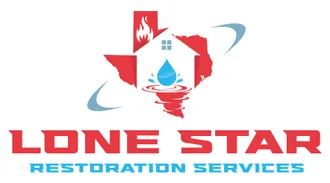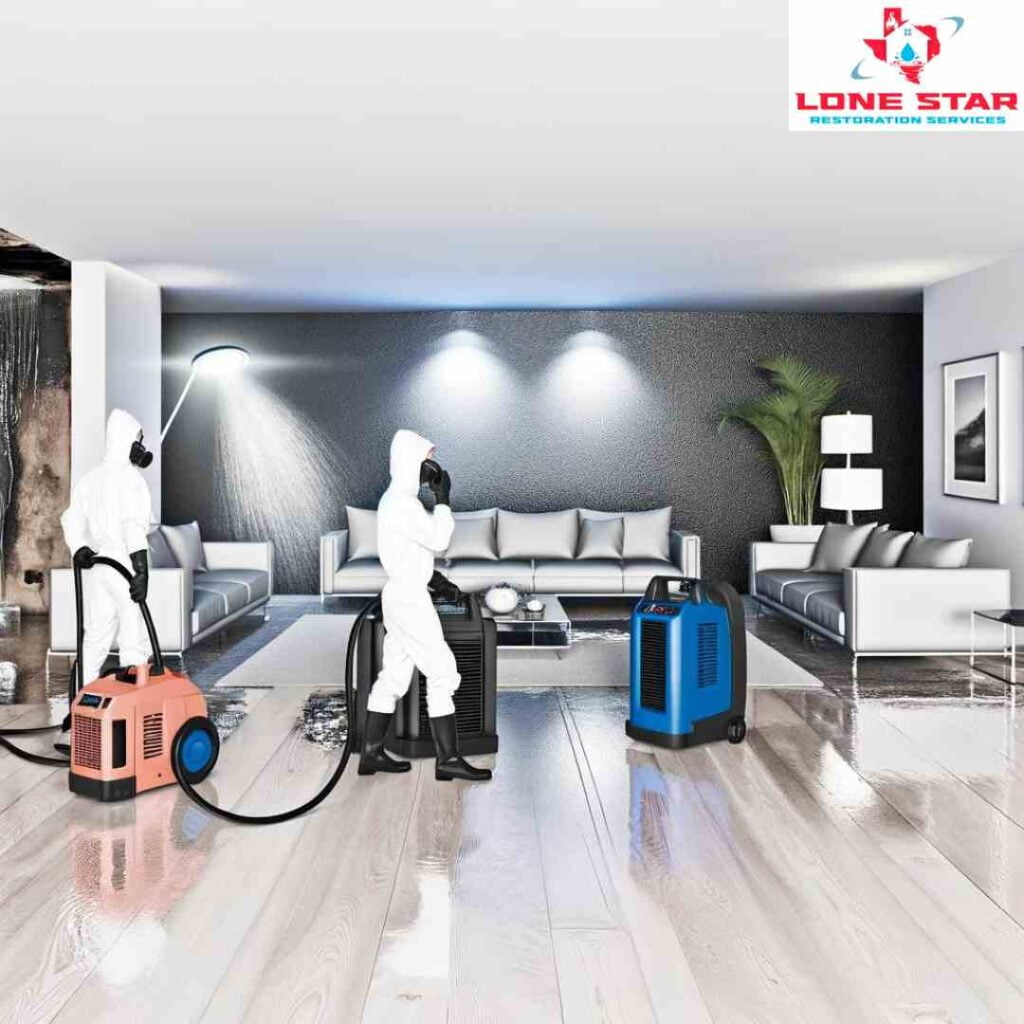Top Technologies Employed in Modern Disaster Restoration Services
Welcome to our latest exploration into the dynamic world of disaster restoration. In this post, we dive into the top technologies that have revolutionized the field, dramatically enhancing the efficiency, accuracy, and safety of restoration services. As natural disasters and unexpected incidents can cause significant damage to properties, the need for swift and effective restoration solutions has never been more critical.
Modern technology plays a pivotal role in meeting these challenges. From infrared cameras to advanced dehumidification systems, today’s tools not only speed up the restoration process but also ensure it is more thorough and less invasive than ever before. These advancements help restoration professionals tackle the complexities of damage caused by water, fire, mold, and other disastrous events with unprecedented precision.
In the following sections, we will detail each technology’s specific contributions to disaster restoration, providing insights into how they work and why they are essential for restoring properties efficiently and effectively. Whether you’re a property owner, an insurance adjuster, or someone interested in the technological edge in property restoration, this overview will illuminate the critical tools and methods that define modern disaster recovery services.
Infrared Cameras and Thermal Imaging
One of the most transformative technologies in the field of disaster restoration is the use of infrared cameras and thermal imaging devices. These tools are indispensable for professionals aiming to detect hidden water damage, moisture intrusion, and other critical heat sources that are not visible to the naked eye.
How It Works: Infrared cameras and thermal imagers capture the heat emitted by various objects and materials in a building, creating pictures or videos based on temperature differences. This technology allows restoration experts to see through walls, under floors, and behind ceilings to identify damp areas and heat leaks without the need for destructive probing methods.
Benefits in Restoration:
- Precision in Detection: By accurately pinpointing the source of water leaks or moisture accumulation, these cameras help in targeting the affected areas without the guesswork. This precision not only saves time but also reduces the overall disruption to the property.
- Early Problem Identification: Early detection of hidden issues like moisture and heat discrepancies can prevent extensive damage and mold growth, significantly reducing potential restoration costs and health risks.
- Documentation: Thermal images provide a clear, undeniable record of damage for insurance claims and other reporting purposes, helping property owners in their claims process.
Thermal imaging is particularly effective during the initial assessment of a property following water damage or fire. It helps in formulating a more accurate restoration plan that specifically addresses all the affected areas, ensuring a comprehensive approach to disaster recovery. This use of advanced imaging technology exemplifies how modern tools are enhancing traditional restoration methods, making them more efficient and effective.
Advanced Dehumidification Systems
Dehumidification plays a crucial role in the disaster restoration process, particularly in scenarios involving water damage. Modern advancements in dehumidification technology have significantly improved the ability to control indoor climates, effectively accelerating the drying process and preventing secondary damage like mold growth.
Technology in Focus: Advanced dehumidification systems utilize sophisticated technology to extract large volumes of moisture from the air and affected materials. These systems are designed to operate efficiently across a range of environmental conditions, ensuring rapid removal of humidity from the interior spaces.
Benefits in Restoration:
- Enhanced Efficiency: The latest dehumidifiers can remove moisture up to several times faster than older models. This rapid performance is critical in mitigating the effects of water exposure and helps speed up the entire restoration process.
- Prevention of Mold and Mildew: By swiftly reducing humidity levels, these systems help prevent the formation of mold and mildew, which can pose serious health risks and cause further damage to the property.
- Versatility: Modern dehumidifiers are effective in various settings, from small residential spaces to large commercial buildings, providing flexibility in addressing different scales of water damage.
Application in Real-World Scenarios: In the aftermath of flooding or significant water leaks, advanced dehumidification systems are deployed as part of the initial response. Their use ensures that the moisture content in the air and within structural materials is brought down to safe levels, thereby stabilizing the environment and setting the stage for successful restoration efforts.
These systems are also integral during the later stages of restoration, maintaining optimal indoor air quality and ensuring that all structural elements are thoroughly dried out. The deployment of such cutting-edge technology not only assures property owners of a swift return to normalcy but also enhances the durability of the restoration work, safeguarding the property against future moisture-related issues.
Hygroscopic and Moisture Sensors
The use of hygroscopic and moisture sensors in disaster restoration has revolutionized the ability to measure and monitor the extent of moisture in building materials and the environment. These sensors provide precise, real-time data that is crucial for effective drying and ensuring thorough moisture removal, particularly after events that saturate materials, like flooding or severe leaks.
Functionality and Benefits:
- Real-Time Monitoring: These sensors continuously measure the moisture levels in walls, floors, and ceilings, providing ongoing data that guides the drying process. This continuous monitoring allows restoration teams to make informed decisions about where to focus their efforts and when to adjust their strategies.
- Accuracy: The precision of modern sensors helps avoid the guesswork associated with traditional drying methods, ensuring that areas are properly dried before reconstruction begins. This accuracy is vital to prevent the structural weakening that can occur if moisture remains within the building materials.
- Prevention of Over-Drying: By providing exact moisture readings, these sensors help prevent over-drying, which can damage materials and lead to unnecessary expenses. Over-drying can cause shrinking, warping, or cracking in many common building materials, leading to costly repairs and delays in restoration.
Hygroscopic and moisture sensors are particularly useful in complex drying situations, such as after severe flooding or in buildings with multiple types of materials that each respond differently to moisture. Their ability to provide detailed moisture profiles enables restorers to tailor their approach to the specific conditions of each site.
High-Efficiency Particulate Air (HEPA) Filters
HEPA filters play a crucial role in improving air quality during the disaster restoration process, especially in environments compromised by mold spores, dust, or smoke residue. These filters are essential components of air scrubbers and vacuum systems used during the cleanup and restoration phases.
Key Features and Applications:
- Air Quality Control: HEPA filters capture 99.97% of particles that are 0.3 microns in diameter or larger, including mold spores and other allergens. This capability ensures that the air remains safe for inhabitants and workers, preventing the spread of airborne contaminants that can lead to health issues.
- Versatility: HEPA filters are used in various equipment, from air scrubbers during mold remediation to vacuums in post-fire cleanups. Their ability to trap fine particles makes them invaluable in maintaining a clean, safe environment during and after the restoration process.
The integration of HEPA filters in restoration efforts not only safeguards the health of those involved but also contributes to the overall efficiency of cleaning and restoration. By ensuring that the air is free from harmful particles, these filters help accelerate the return to normalcy and reduce the risk of complications related to poor air quality.
Together, hygroscopic and moisture sensors and HEPA filters embody the technological advancements that have transformed modern disaster restoration services. Their use significantly enhances the effectiveness and safety of restoration efforts, making them indispensable in today’s restoration industry.
Drones for Assessment and Monitoring
Drones have become an invaluable tool for quick and safe assessment of disaster-affected areas. They provide a bird’s-eye view that is particularly useful for inspecting roofing and other hard-to-reach parts of a property.
Advantages and Implementation:
- Safety and Efficiency: Drones allow technicians to assess damage without the need for dangerous physical inspections, especially in structurally compromised situations.
- Comprehensive Data Collection: Equipped with cameras and sensors, drones can collect detailed imagery and data, which help in planning the restoration process more effectively.
Conclusion
The integration of advanced technologies such as infrared imaging, sophisticated dehumidification systems, moisture sensors, HEPA filters, and drones has greatly enhanced the efficiency and effectiveness of modern disaster restoration services. These technologies not only ensure thorough care and restoration of damaged properties but also significantly improve the safety and speed of restoration operations. For property owners facing the aftermath of a disaster, choosing a restoration service that utilizes these cutting-edge technologies can make a significant difference in the recovery process, ultimately helping to restore normalcy with minimal disruption and maximum efficacy.





